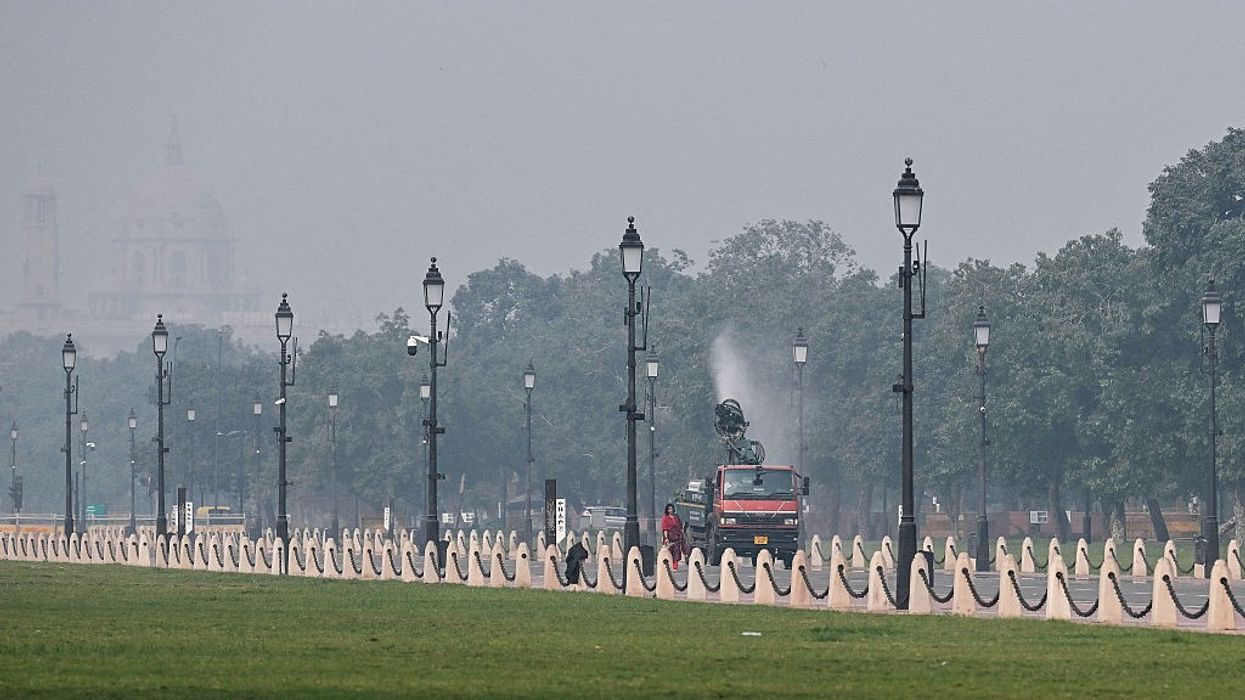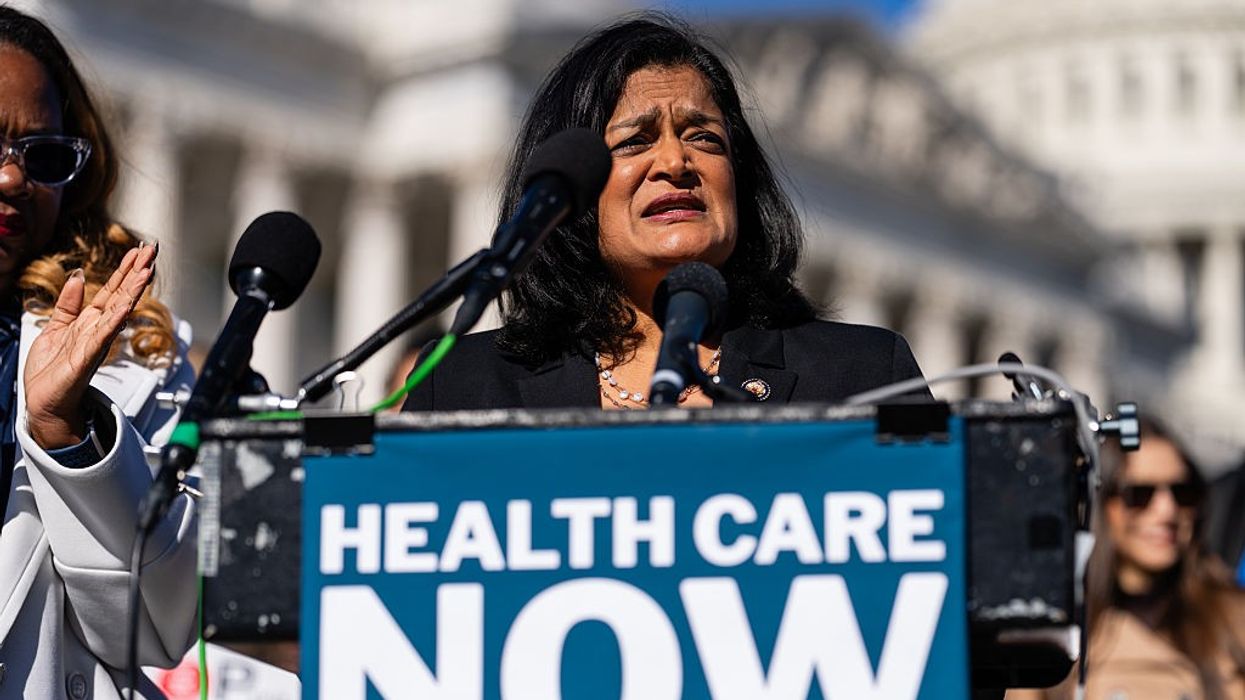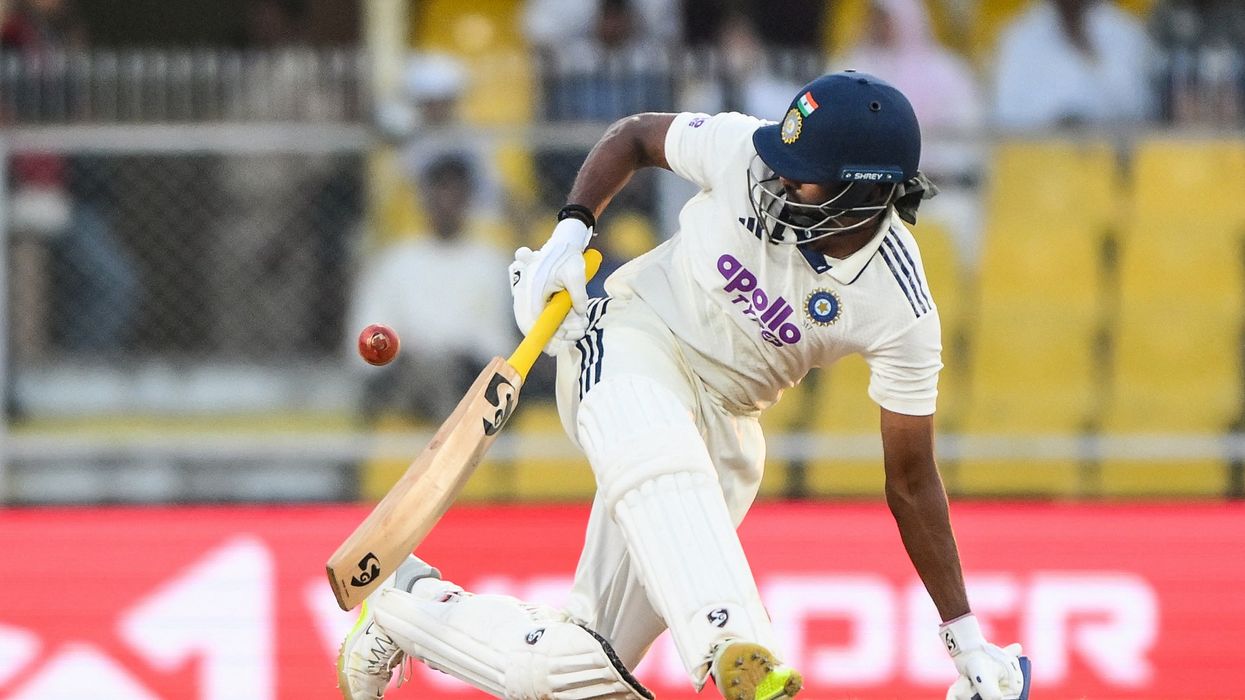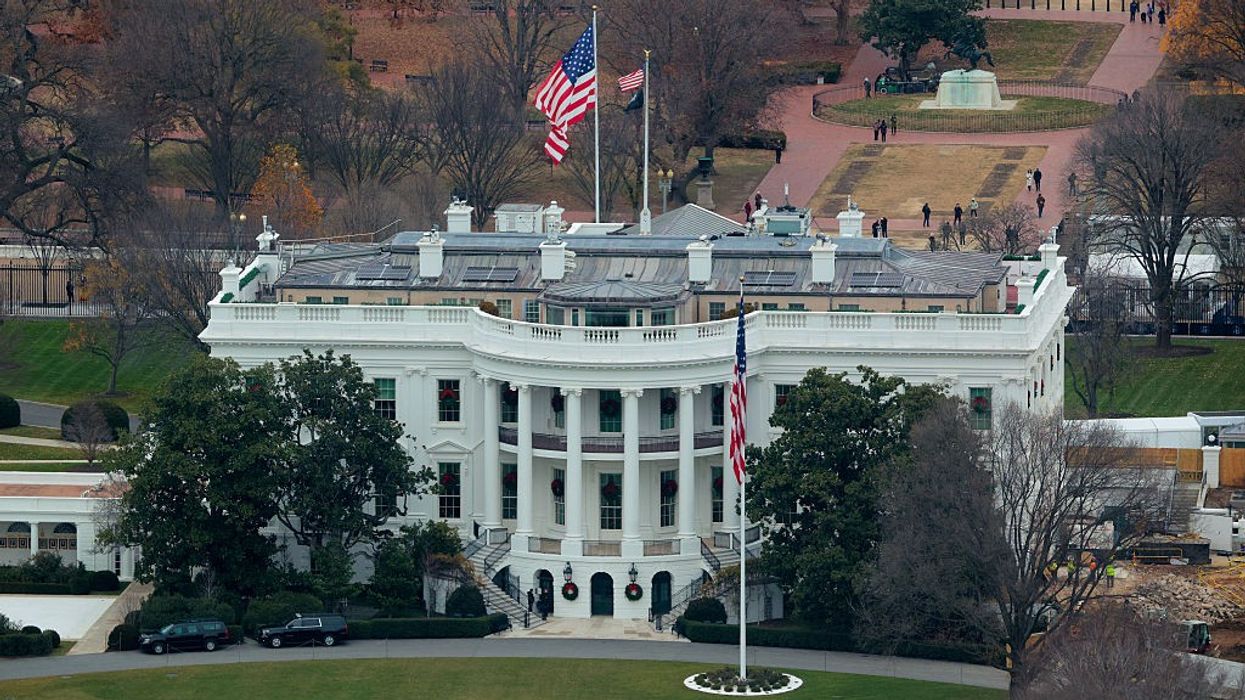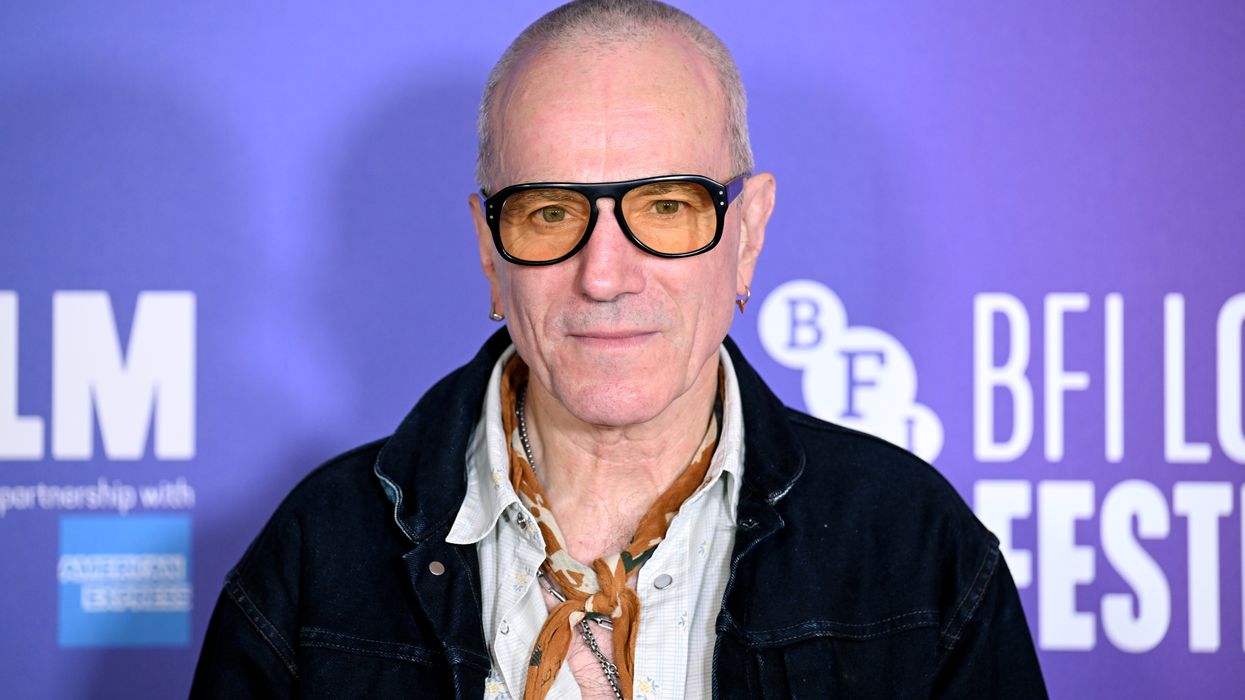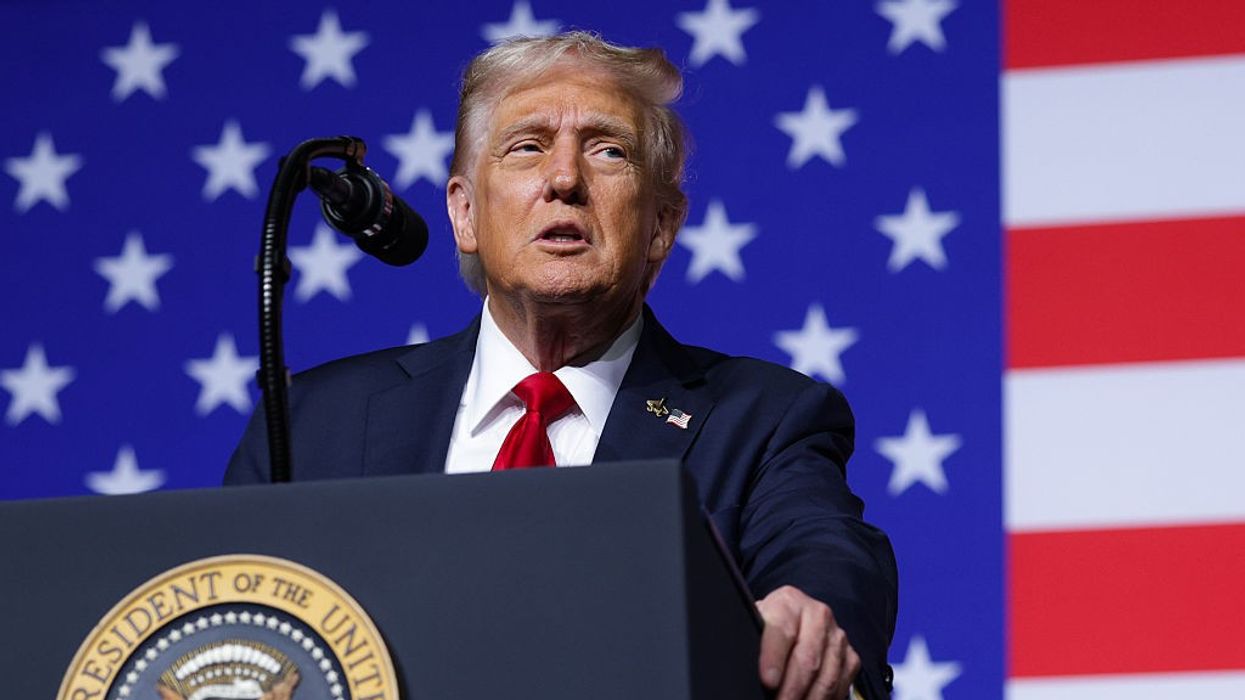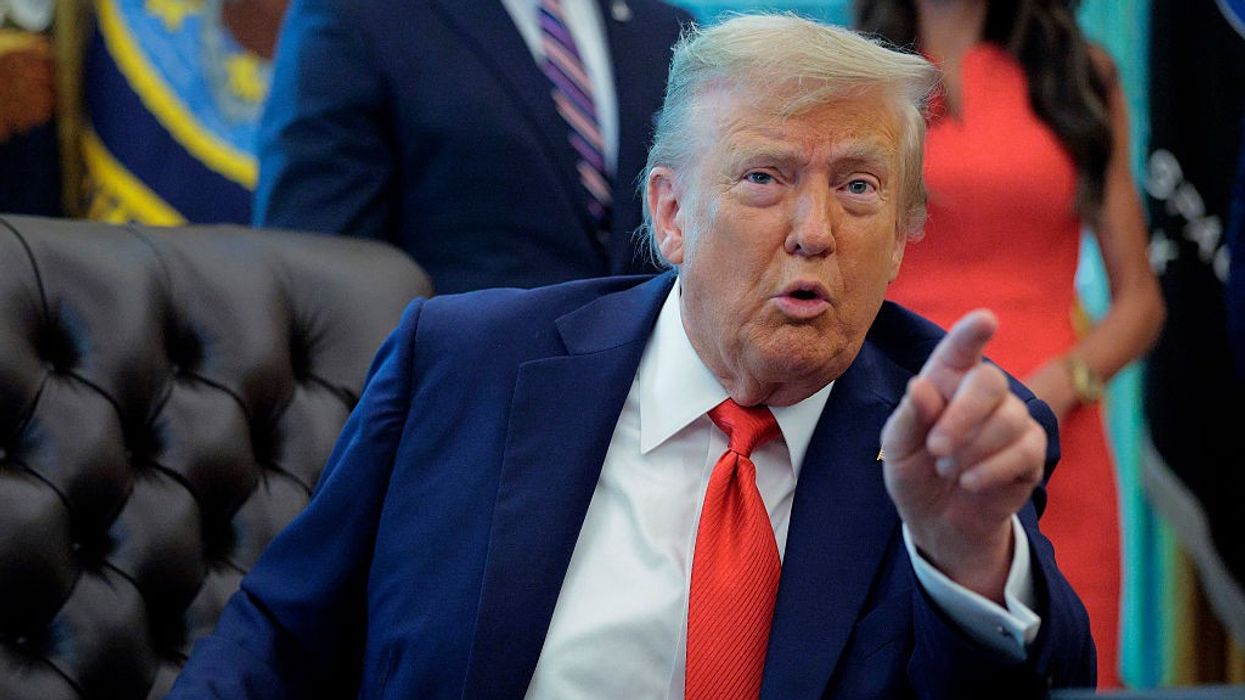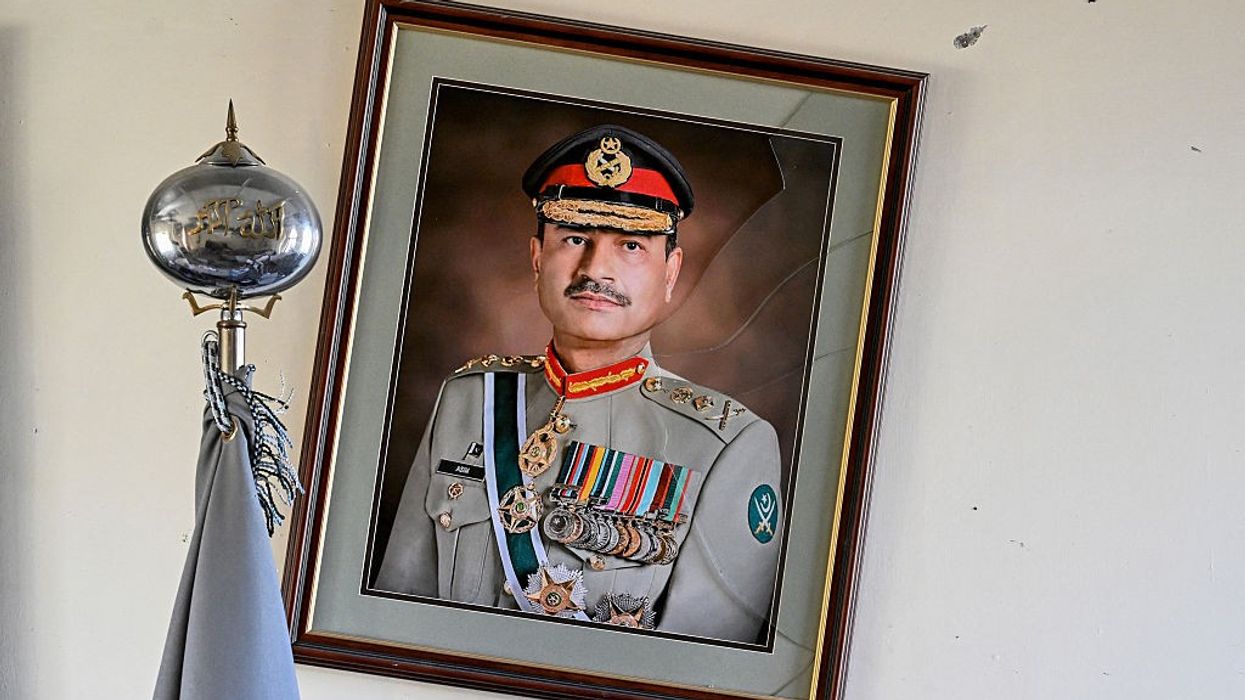Highlights:
- Delhi government to conduct artificial rain through cloud seeding this week.
- Air quality worsened after Diwali fireworks, AQI reached 359 (‘very poor’).
- Environment Minister Sirsa says setup and pilots are ready for the operation.
- IMD approval expected between October 24 and 26 for cloud seeding.
- Despite Supreme Court restrictions, many residents burst firecrackers beyond allowed hours.
The Delhi government is getting ready to create artificial rain through cloud seeding this week to fight the rising air pollution after Diwali. The city woke up on Tuesday (21) covered in thick grey haze, with visibility dropping and the air quality worsening due to firecrackers bursting during the festival.
Officials said the chief minister Rekha Gupta-led government, which came to power in February promising cleaner air, expects approval from the Indian Meteorological Department (IMD) between October 24 and 26, when weather conditions are likely to be suitable.
Delhi's environment minister Manjinder Singh Sirsa, confirmed that the first cloud seeding trial will take place after Diwali once the IMD gives the green light. He explained that the aircraft, equipment, and pilots are fully prepared for the process.
“The entire setup is ready, from permissions to pilot training. The aircraft are fitted with cloud seeding equipment, and pilots have flown over the target areas to prepare. Now, we are just waiting for the IMD’s approval,” Sirsa said.
The plan was first scheduled for July but got delayed because of unpredictable weather, the monsoon season, and the absence of suitable clouds. It was later rescheduled for before Diwali but postponed again.
Meanwhile, Delhi’s air quality dropped sharply after Diwali celebrations. Residents reported heavy smog and reduced visibility on Tuesday morning. The city’s Air Quality Index (AQI) was recorded at 359 at 11 am, placing it in the ‘very poor’ category, according to data from the Central Pollution Control Board (CPCB). Out of 38 air monitoring stations, 35 showed ‘very poor’ to ‘severe’ levels of pollution.
For reference, an AQI between 0 and 50 is ‘good,’ 51 and 100 ‘satisfactory,’ 101 and 200 ‘moderate,’ 201 and 300 ‘poor,’ 301 and 400 ‘very poor,’ and 401 and 500 ‘severe.’ Delhi’s 24-hour average AQI on Monday (20) stood at 345.
The Supreme Court had allowed only green firecrackers in Delhi-NCR between 8 pm and 10 pm on Diwali and during limited hours the day before. However, many residents ignored these restrictions, and fireworks continued late into the night, worsening pollution levels.
Delhi’s cloud seeding project is seen as an urgent attempt to reduce the toxic air that chokes the city each winter. If successful, it could bring temporary relief to millions struggling with health problems caused by pollution.
